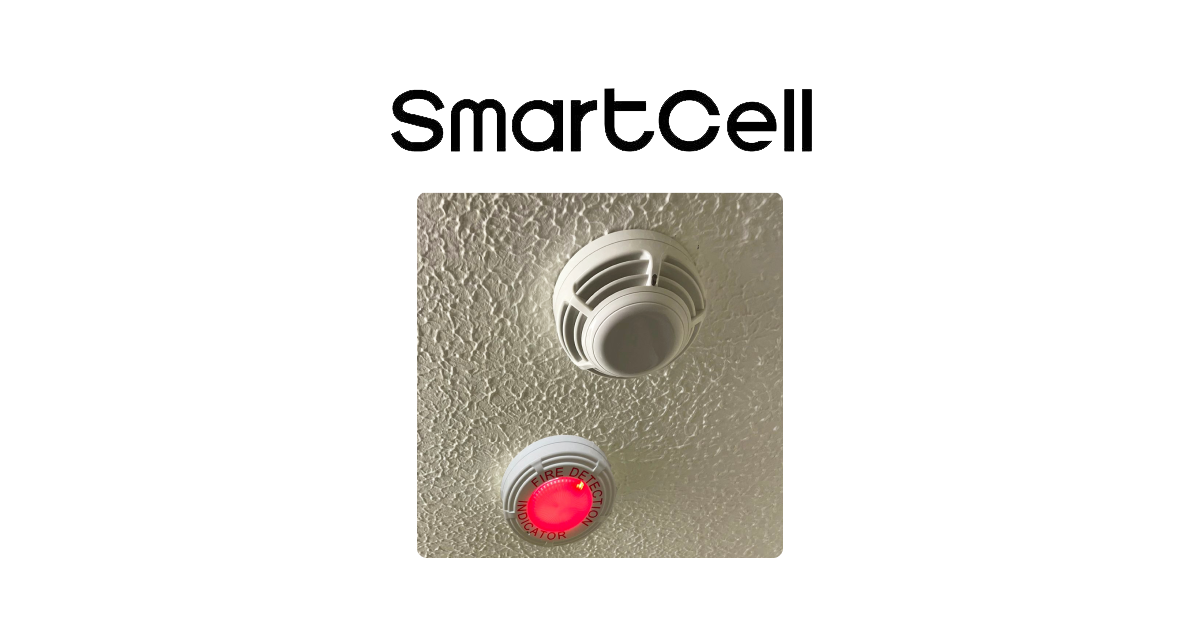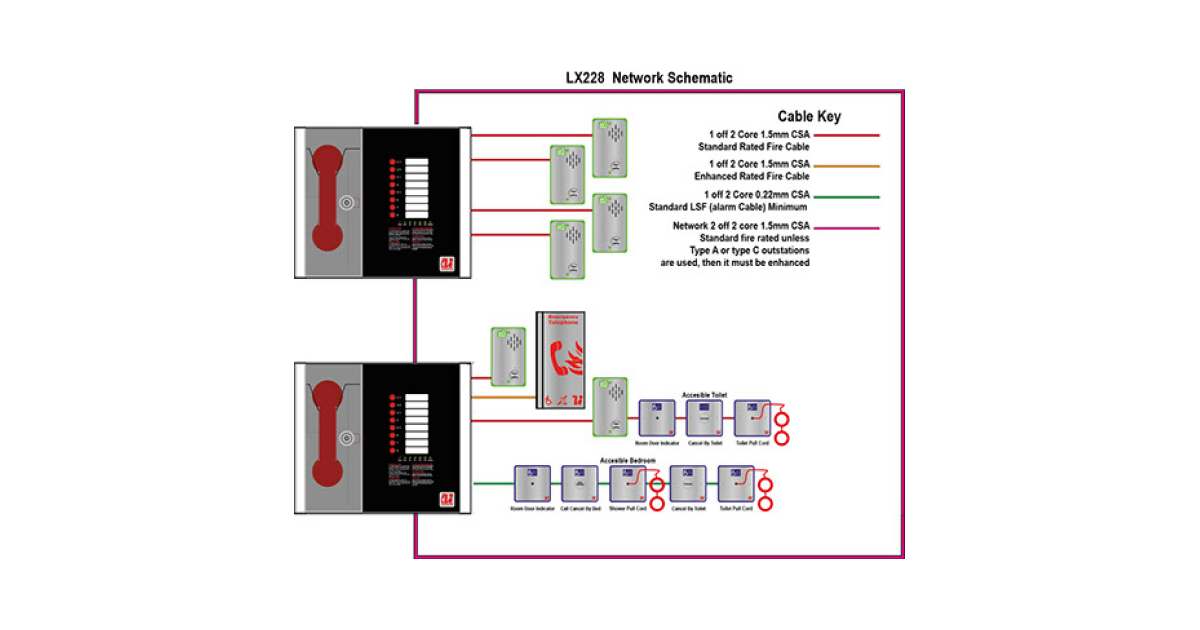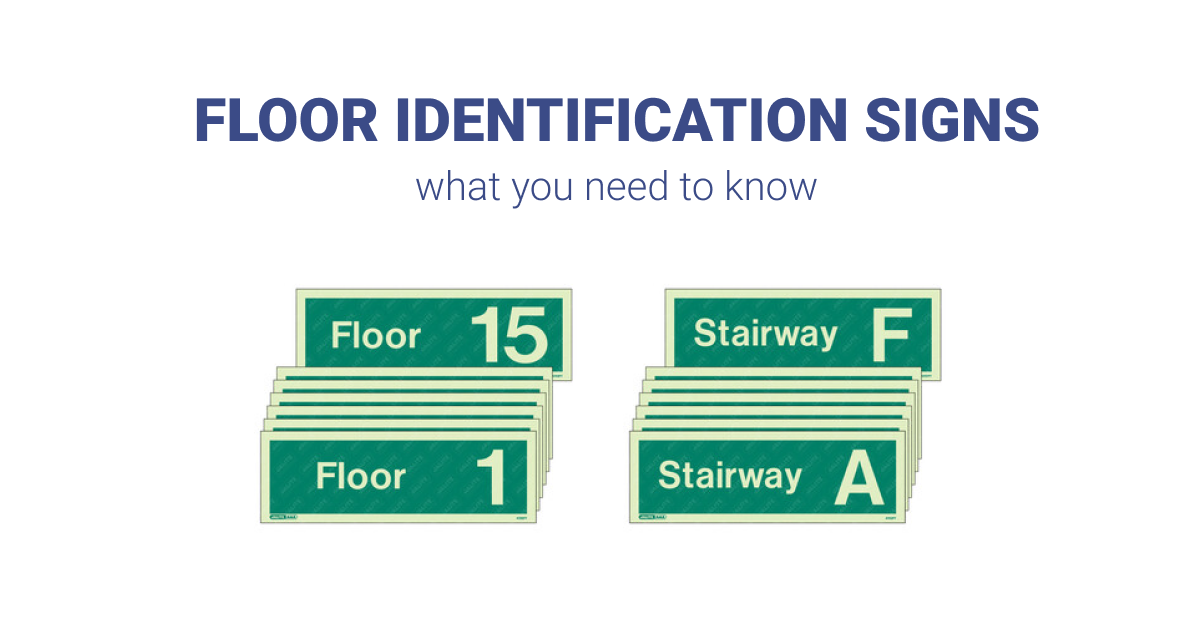
Despite efforts to raise awareness of the negative effects of false fire alarms, they are still a major concern and a drain on public and private funds.
As a business owner or building manager there are a number of ways you can help to reduce the number of false alarms your organisation suffers from. Unfortunately it’s not yet possible to guarantee that false alarms can be eliminated completely but with some investment and the adoption of best practices there’s no reason why you can’t dramatically improve your own false alarm record and save money long-term.
Testing & Maintenance
The first step in reducing the likelihood of false fire alarms is to look at the maintenance and testing of your fire alarm system. Do you regularly test your fire alarm system? Do you have procedures in place that ensure each component is clean and working optimally? If not these are the first elements you need to address before considering further measures.
Keep a fire safety logbook of your findings to help you identify problem areas and always follow the same routine to ensure you don’t miss anything out – skipping a step to save time could make all the difference to the reliability of your fire alarm system.
A range of easy-to-use detector test equipment is available to make testing your fire detectors an efficient and simple task. The same equipment can frequently be used with cleaning components too to allow testing and maintenance to go hand-in-hand.
Choosing The Right Fire Alarm System
Choosing a fire alarm system can be overwhelming when there are so many types to choose from – we won’t go into all the different types available now, you can learn more about them on out fire alarms page. We would however recommend the Fike Twinflex Plus fire alarm system as a good example for anyone looking to reduce false alarms.
Fike Twinflex is a two-wire intelligent fire alarm system with free added option of a ‘checkpoint’ alarm confirmation feature. Suitable for many types of installation, the Twinflex’s checkpoint alarm confirmation helps to drastically reduce the disruption and associated costs of false alarms which can be particularly prevalent during the settling-in period following installation.
Checkpoint technology makes good use of the time delay allowed by fire safety standards between the activation of a single fire detector and the full fire alarm system. In the Twinflex Plus fire alarm system a number of detectors can be set as checkpoints which when triggered will activate a localised alarm. In addition the detector in question will be identified on the fire alarm control panel giving anyone nearby or with access to the control panel a chance to investigate the alarm and clear it if necessary during the time delay. If the alarm is not cleared during the verification period, due to a genuine fire hazard or lack of investigation, the Fike Twinflex fire system will then go into full alarm mode.
Who You Work With
Employing an accredited fire alarm installer will go some way to helping you to minimise the chances of false alarms. Organisations such as BAFE (British Approvals for Fire Equipment) can help you find a qualified and safe installation company – they only allow third-party certified fire alarm installers who recognise and adhere to relevant fire alarm standards to register with them.
As the responsible person (the owner or occupier) for the premises in question it falls to you to employ suppliers that are qualified and competent. If you attempt to cut corners by using a cheaper, un-accredited installation company you could implicate yourself in any court proceedings that finds the level of fire safety in the property lacking – fines, and in some cases custodial sentences, are often given by courts to those who show disregard for proper fire safety.
Vandalism & Accidental Activation
A proportion of false alarms are not down to the fire alarm system itself or it’s maintenance. In some cases false alarms are simply caused by vandalism and accidents.
Manual call points (break glasses) are the most commonly misused fire alarm devices, whether these have been triggered on purpose or through accidental disturbance. However, cases have also been recorded where people with access to test keys have been caught misusing the fire alarm system and people have been caught blowing cigarette smoke into smoke detectors.
Tracking down vandalism can be difficult and sometimes it’s only after all other avenues are investigated that the fact someone has been activating fire alarms on purpose is discovered. Accidents are somewhat easier to protect the system from and potential hazards can usually be identified through a thorough fire risk assessment.
Education on the negative effects of vandalism can be effective in reducing false alarms, particularly in schools, but there is also the option of fire alarm protection devices. These generally take the form of plastic ‘cages’ that are fitted around the device in question. They create a barrier against accidents and an additional layer that needs to be overcome before vandalism can take place – often the extra effort isn’t worth the overall thrill to vandals.
Discount Fire Supplies are dedicated to reducing the number of false alarms companies face. For advice call our expert team on 01792 452 700.










